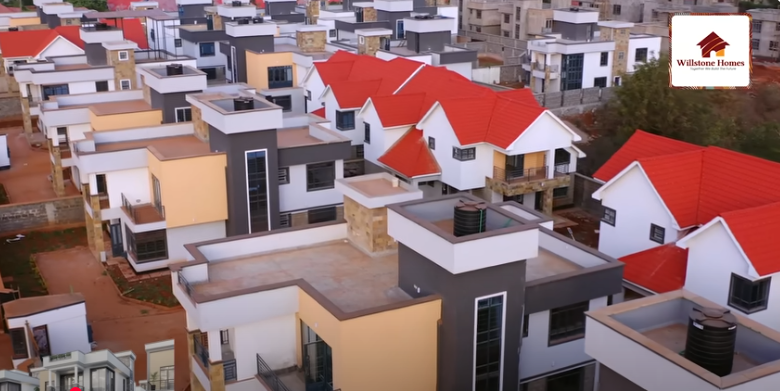In the heart of Nairobi’s expanding skyline, glass-fronted apartment towers promise modern comfort — yet, behind those sleek façades, a familiar frustration persists: water shortages. Despite advances in architecture and technology, water management in Nairobi apartments remains one of the city’s least solved urban puzzles. Tenants endure erratic supply schedules, landlords struggle with rising water bills, and developers continue to rely on boreholes and trucks instead of systemic solutions.
The Scale of the Problem
According to data from the Nairobi City Water and Sewerage Company (NCWSC), demand for water in the city stands at 810,000 cubic meters daily, yet supply rarely exceeds 550,000 cubic meters. That leaves a deficit of nearly 260,000 cubic meters every single day.
The result? Apartment dwellers, even in high-end estates like Kileleshwa, Kilimani, and Ruaka, often ration water — a paradox in buildings marketed as “fully serviced.”
Read Also: Stairs, Lifts, and Lifestyle: The Real Cost of Elevation in Kenya’s Mid-Rise Apartments
| Category | Average Monthly Water Availability (Hours/Day) | Backup Systems Used |
|---|---|---|
| Budget Apartments | 4–6 hours | Water trucks, small storage tanks |
| Mid-range Apartments | 8–10 hours | Boreholes, shared tanks |
| Luxury Apartments | 12–18 hours | Boreholes, water treatment, dual piping |
| Ideal (Global Standard) | 24 hours | Public supply + greywater reuse |
Why the Shortage Persists
- Old Infrastructure Meets New Demand
Nairobi’s core water network was designed in the 1950s, serving fewer than 400,000 residents. Today, the population exceeds 4.4 million, and most apartment blocks rely on outdated supply lines. - Unregulated Borehole Boom
Over 20,000 boreholes now serve the city, according to the Water Resources Authority (WRA). But excessive drilling is depleting groundwater levels, making pumping more expensive and unsustainable. - Developer Oversight
Many property developers focus on aesthetics and quick returns, treating water systems as secondary. As one building inspector at the Nairobi Metropolitan Services (NMS) noted, “You’ll find a 12-storey block sharing a single 5,000-litre tank — totally inadequate.” - Climate Variability
Nairobi’s rainfall patterns have become unpredictable. In dry seasons, dams like Ndakaini drop below 50% capacity, forcing citywide rationing.
Emerging Solutions and Innovations

- Rainwater Harvesting:
The Kenya Building Code (2019) now recommends rainwater harvesting for new developments. Some estates in Kiambu and Kajiado have installed rooftop collection systems capable of storing 50,000 litres or more per block. - Greywater Recycling:
High-end developments such as Two Rivers and Crystal Rivers are experimenting with greywater reuse — treating shower and sink water for flushing or landscaping. - Smart Metering:
Digital meters, piloted by NCWSC in parts of Westlands, help detect leaks and manage consumption in real-time, reducing wastage. - Community Borehole Management:
Residents’ associations are pooling resources to maintain shared boreholes more sustainably — ensuring equitable distribution and proper licensing.
What Needs to Change
Experts argue that policy enforcement is lagging. The Water Act (2016) provides for integrated management and developer compliance, yet enforcement remains weak. Nairobi County and NMS must insist on:
- Mandatory dual-water systems in new high-rise projects.
- Routine borehole audits to curb over-extraction.
- Incentives (like tax rebates) for developers who install rainwater or greywater systems.
Without such reforms, urban expansion will continue to outpace infrastructure — and water scarcity will remain Nairobi’s quiet crisis.
Read Also:: Unlocking New Beginnings: How a Short Sale Can Save Your Home and Your Future
The shimmering towers of the capital might suggest abundance, but beneath them lies a pressing scarcity that speaks volumes about urban priorities. Water management in Nairobi apartments isn’t merely a plumbing issue — it’s an indicator of planning foresight, governance, and environmental stewardship. For developers, tenants, and policymakers alike, the time has come to treat water not as a convenience, but as the foundation of sustainable urban life.




